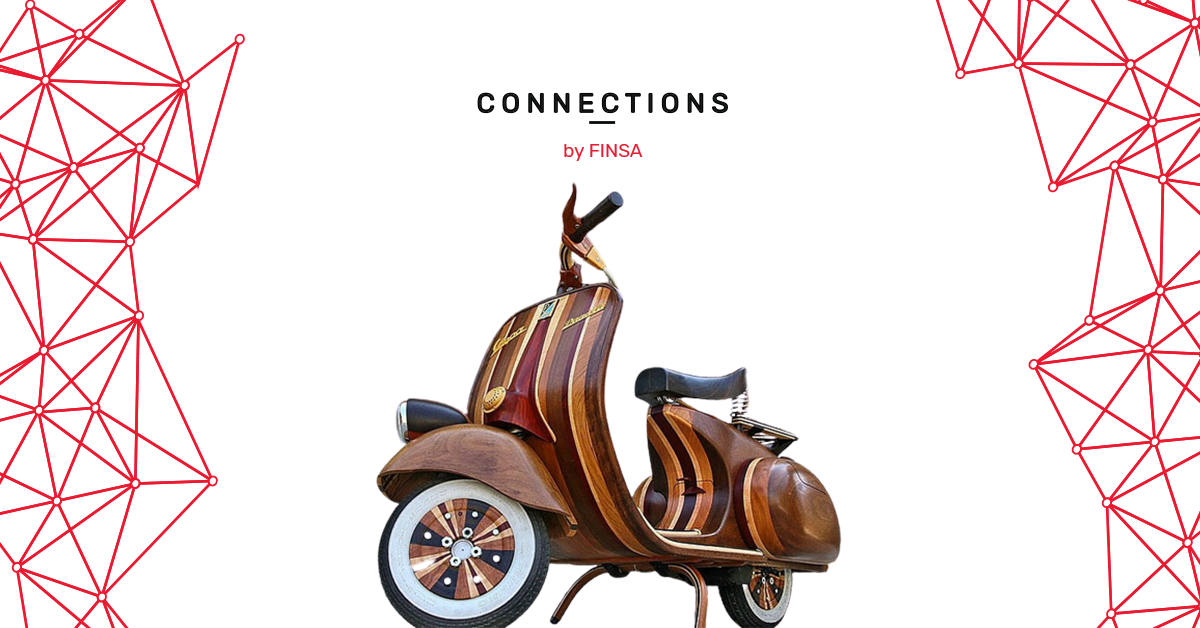You have that project in mind perfectly outlined. Now you just need to make sure that the materials you use are environmentally friendly. Which guide can you follow to build according to sustainably? In this article we summarised the different eco-labels and green certifications that exist. In this post we want to take a closer look at the Environmental Product Declaration (EPD), its standards, benefits and future challenges.
What is an EPD?
The EPD is a type III ecolabel certified by an external agent that draws up a sheet indicating the impact of a product throughout its life cycle. It allows us to compare the impact implicit in the manufacture of each material we are considering using in our projects. It is a voluntary declaration that allows us to know the positive or negative effects that this solution may have on the environment and on health.

What standards does an EPD measure?
The resulting document is based on international norms and standards that provide transparency on impact to both users and end-customers.
How is it verified? Through external auditors who follow specific criteria depending on the category of material being analysed. In short, it condenses and clarifies the performance of that solution from manufacture to disposal.
What kind of information is included? You will be able to check:
- Natural resource consumption.
- Greenhouse gas emissions.
- Air, water and soil pollution.
This information is presented quantitatively and normally in tables and graphs to make it easier to understand and compare different products.
Which are the benefits of an EPD?
In addition to reinforcing the achievement of environmental and sustainable certifications such as LEED, it allows architecture and interior design professionals to obtain a standardised document that provides information on the environmental impact of a product throughout its life cycle. And it is not only valid for professionals, it also allows the public to be aware of the impact of a product throughout its life cycle, discovering the importance of circularity.

EPDs against eco-imposture
Despite being a voluntary declaration, the EPD forces designers, manufacturers and the supply chain to look at their processes under a microscope and through cooperation, as a positive Environmental Product Declaration is based on a correct Life Cycle Analysis of the material, from birth to reuse (if possible). For this reason, the eco-label is called to be a tool against greenwashing, i.e. the illegal use of sustainability for the sole purpose of differentiation in the market.
The challenges of EPDs
There are three main challenges for EPDs to remain useful and reliable:
- Ensuring sustainability without compromising functionality and aesthetics.
- Educating on the need to understand the full history of each material and the complexity of life cycle assessment, as for example, petrochemical plastics have been verified with EPDs.
- Expand their use and accessibility through legislation and harmonisation of standards, a line already being pursued in countries such as Denmark, Sweden and Norway.

Now that you know more about the EPD ecolabel, we would like to say goodbye with a piece of advice: rely on material libraries and technical advisors.




